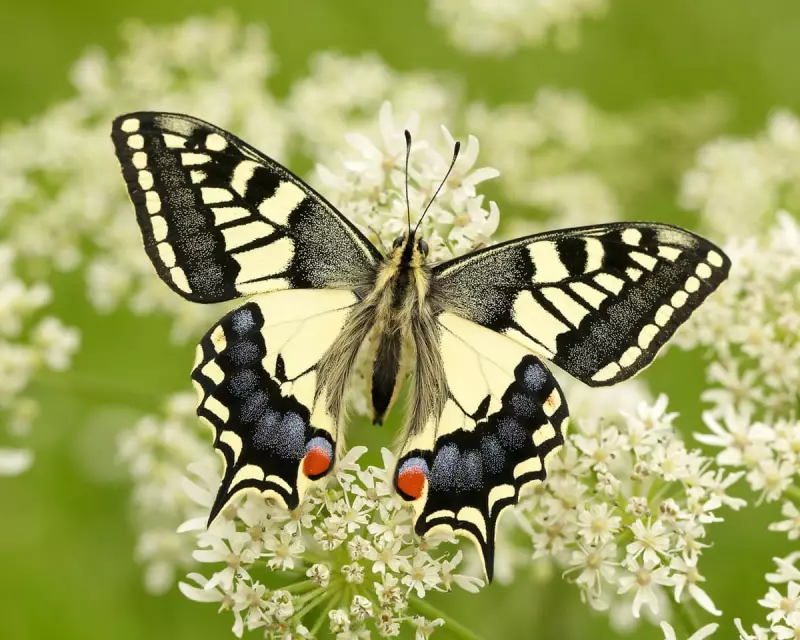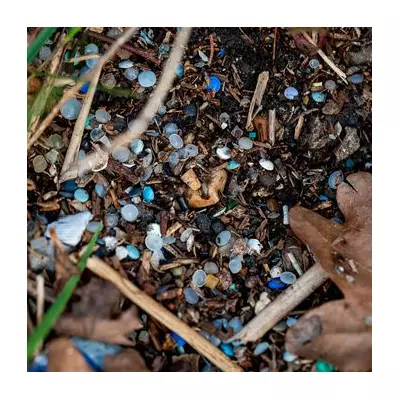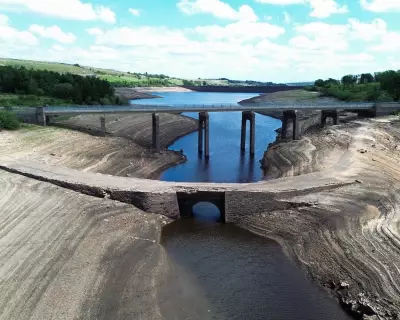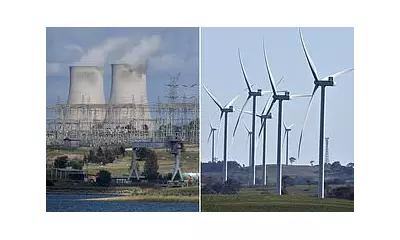
In a pioneering conservation breakthrough that sounds like science fiction, British researchers are embarking on an ambitious mission to resurrect rare swallowtail butterflies from eggs frozen in liquid nitrogen. This groundbreaking project represents one of the most innovative approaches to species preservation ever attempted in the United Kingdom.
The Frozen Ark Project Takes Flight
Scientists at the prestigious Royal Entomological Society have carefully collected and cryo-preserved swallowtail butterfly eggs at temperatures of -196°C. These tiny biological treasures now await a carefully orchestrated thawing process that could see them develop into caterpillars and eventually transform into the magnificent butterflies they're destined to become.
Why the Swallowtail Matters
The British swallowtail butterfly, with its striking yellow-and-black patterned wings and distinctive tail-like extensions, is one of our most spectacular native insects. Yet this beautiful creature faces an uncertain future, making conservation efforts more crucial than ever.
The revolutionary technique being pioneered offers multiple conservation advantages:
- Preserves genetic diversity for future generations
- Provides insurance against sudden environmental disasters
- Creates opportunities to reintroduce species to restored habitats
- Offers hope for other endangered insects facing similar threats
A Delicate Balancing Act
The process requires extraordinary precision. Scientists must gradually warm the frozen eggs while maintaining perfect humidity levels and environmental conditions. Even the slightest deviation could jeopardise the entire endeavour.
Dr Amanda Webber, lead researcher on the project, explains the significance: "This isn't just about saving one species. We're developing techniques that could protect countless insects threatened by habitat loss and climate change. The swallowtail is our test case for what might be possible across the insect world."
Broader Implications for Conservation
Success with the swallowtail could revolutionise how we approach wildlife preservation. The same cryopreservation techniques might eventually be applied to other vulnerable species, creating frozen arks of genetic material that could safeguard biodiversity for centuries to come.
As climate change accelerates and natural habitats continue to shrink, such innovative approaches may become essential tools in our conservation arsenal. The fate of these frozen eggs represents more than just the future of one butterfly species – it could signal a new era in how humanity protects its most vulnerable creatures.





